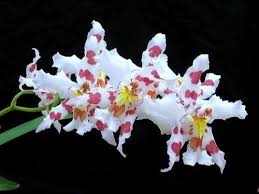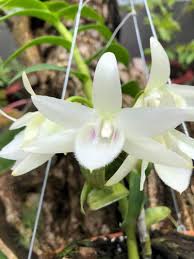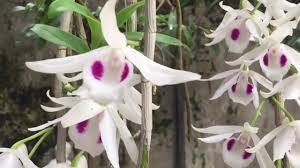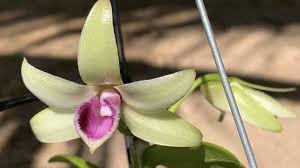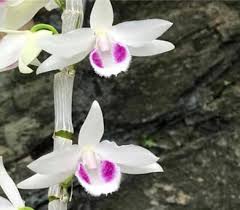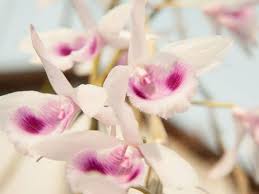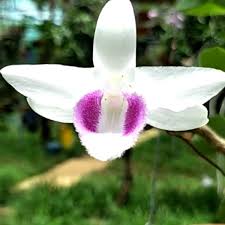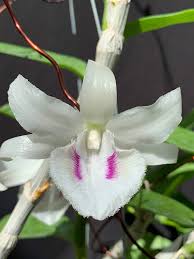# Phalaenopsis Orchids and the Future of the Orchid Industry
## Table of Contents 1. **Introduction** 2. **Understanding Phalaenopsis Orchids** – 2.1. Characteristics and Popularity – 2.2. The Economic Importance of Phalaenopsis Orchids 3. **The Current State of the Orchid Industry** – 3.1. Market Trends and Statistics – 3.2. Key Players in the Industry – 3.3. Challenges Facing the Orchid Market 4. **The Role of


